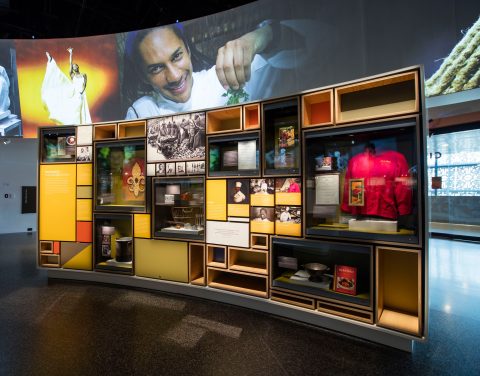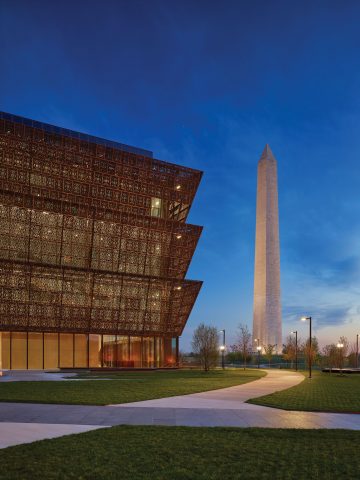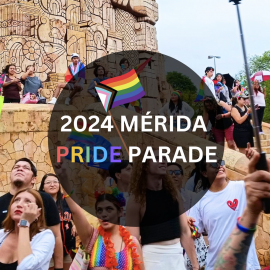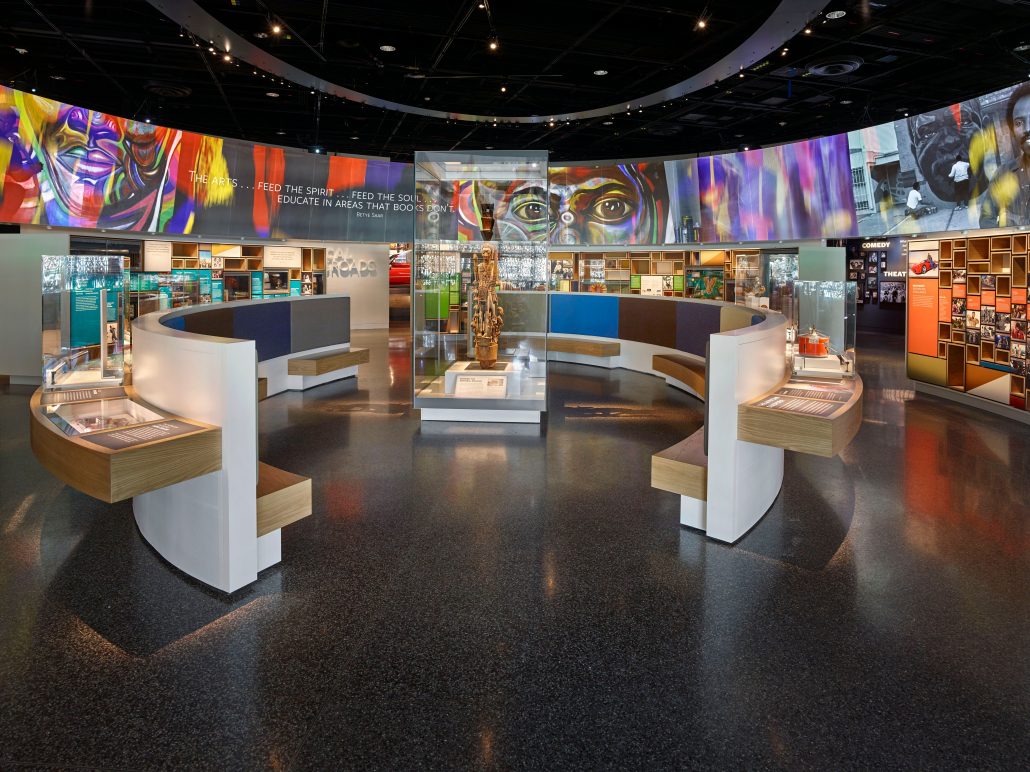Hey Smithsonian!
Hey Smithsonian – How do you decide what’s worthy of a museum display?
If you saw a cast iron skillet in a museum display, would you be surprised? The most common objects can hold a deep cultural importance, which is why everyday items often appear in museums. So how do those everyday objects end up as part of a Smithsonian collection? Dr. Deborah Mack, Associate Director for Strategic Partnerships, National Museum of African American History and Culture, shared her story about her own contribution to the Cultural Expressions exhibition at the National Museum of African American History and Culture (NMAAHC).
Cultural Expressions introduces visitors to the broad concept of African American and African diaspora culture and several ways in which this culture is expressed. One of these forms of expression is food! Mack chose her mother’s black iron skillet to donate as emblematic of an everyday item that is important to cultural identity.

“It’s a very ordinary thing, but the importance is the meaning visitors attach to it. When I see that skillet, it makes me think of her fried chicken, a special Sunday dish, which makes me think of family meals and picnics,” she explained. If, when viewing this object, people say, “but wait, we have that too!”, well, that’s the point! “It makes them think about how they see themselves. That exhibition is about the everyday and the ordinary. Many African Americans don’t see themselves in public history and culture. I hope they will see that you can celebrate yourself and your culture.”
Like many people who have donated their precious treasures to the museum, Dr. Mack says she wasn’t sure at first. “I asked myself, ‘Do I want to give it away?’,” she remembered. “When my mother passed away, I was a bit hesitant about donating the skillet, which meant so much to me personally, and I have four sisters. But I realized that it was a perfect symbol for some of the things that we were developing in the [Cultural Expressions] exhibition that I was co-curating and that it would be taken care of.”
Mack pointed out that initially people loaned, rather that donated, items to the museum. But once they saw how the object was being taken care of and interpreted, they made an outright donation to the museum.
NMAAHC is now helping members of the public treasure their own ordinary objects through the African American Treasures program. A goal of this program is to go into communities and help people see that their everyday objects are important. “They’re symbolic of larger things that are important to everyone. They’re part of a larger cultural identity,” noted Dr. Mack. Through the program, the NMAAHC has taught people how to preserve family photographs and papers, military uniforms, quilts, and other ephemera that document African American life.
Want to learn more about how to preserve your extraordinary but ordinary objects? Head to the Save our African American Treasures page to find out how to honor your personal pieces of American history.

In 2018, WorldStrides became the approved domestic educational travel provider of the Smithsonian. This blog is part of a series, “Hey Smithsonian!” where we ask our friends at the venerable institution questions that dig deeper into this special place and all it has to offer!
Related Articles

The 2024 WorldStrides Student Photo & Video Contest Gallery
If you saw a cast iron skillet in a museum display, would you be surprised? The most common objects can hold a deep cultural importance, which is why everyday items often appear in museums. So how do ...

Girl Scouts: Costa Rica Tour
If you saw a cast iron skillet in a museum display, would you be surprised? The most common objects can hold a deep cultural importance, which is why everyday items often appear in museums. So how do ...

2024 Mérida Pride Parade
If you saw a cast iron skillet in a museum display, would you be surprised? The most common objects can hold a deep cultural importance, which is why everyday items often appear in museums. So how do ...

Rise Up, Take Action: How to Support the LGBTQIA+ Community
If you saw a cast iron skillet in a museum display, would you be surprised? The most common objects can hold a deep cultural importance, which is why everyday items often appear in museums. So how do ...


